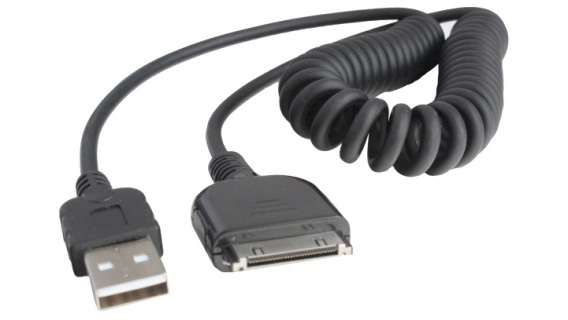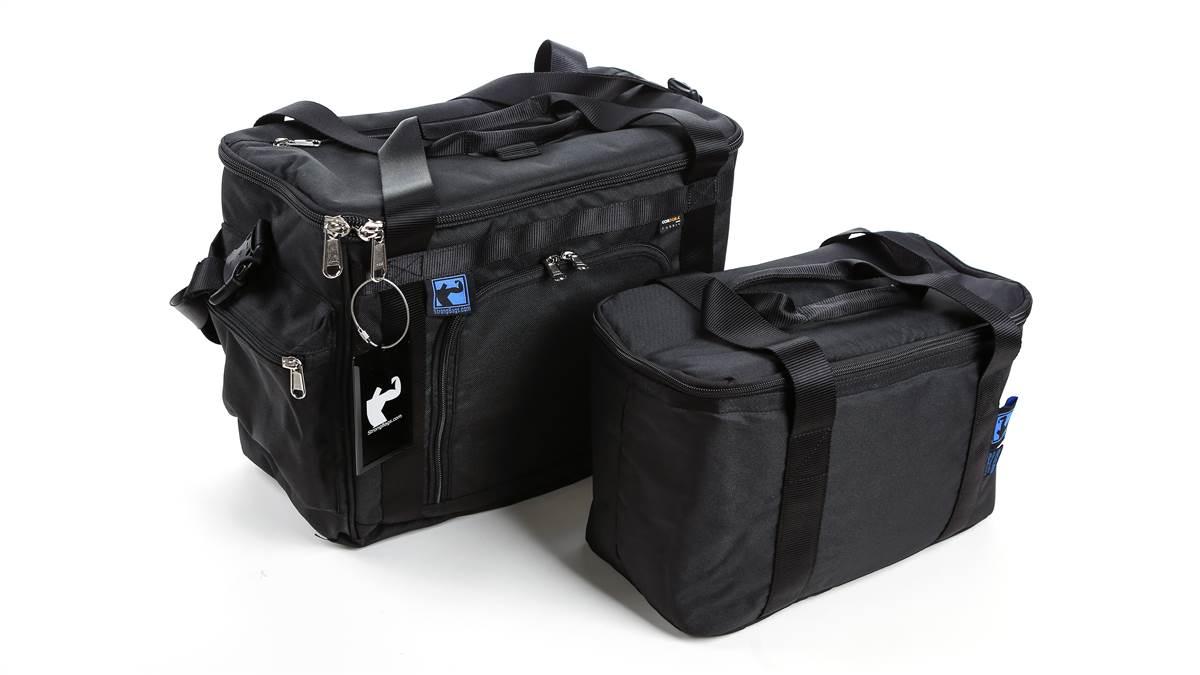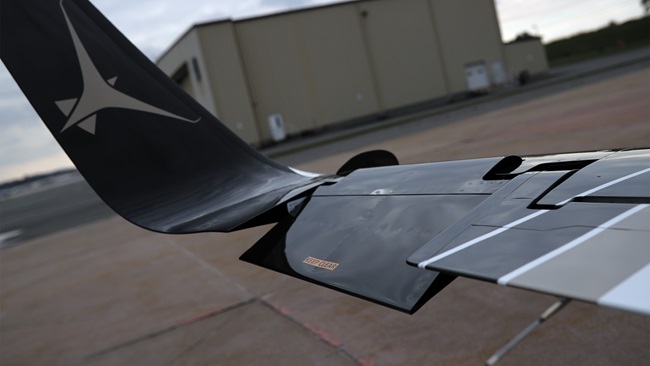Pilot products
Cut the static cord

 Since then I’ve talked to pilots with similar problems, especially when using handheld radios. Often they’ve managed to lessen the static by routing the charging cords away from the radios and headsets. Sometimes this works, sometimes not.
Since then I’ve talked to pilots with similar problems, especially when using handheld radios. Often they’ve managed to lessen the static by routing the charging cords away from the radios and headsets. Sometimes this works, sometimes not.
What’s really needed is a charging cord made of shielded cable, and made specifically for use in aircraft. Fortunately, Lone Star Aviation Corp. has made just that. Their series of cables are designed to block the electromagnetic interference that plays havoc with aircraft radios, and also the magnetic effects that can affect the accuracy of compasses and other instruments.
Lone Star’s charging cords are one meter long, coiled or straight, and use the new Apple Lightning connector or the older Apple 30-pin docking connector. The company also offers a two-meter straight cord for use with the 30-pin docking connector. The cables are heavy duty and will withstand continual connecting and detaching. Prices are $50 to $100, plus shipping, but these aviation-grade cords should cut the static and keep your compass accurate. —Dennis Johnson


L-3’s Lynx gets eTAWS, ATAS
A ‘tangible benefit’ of ADS-B In
By Mike Collins
A recent TSO authorization allows L-3 Aviation Products to add both a Class B embedded Terrain Awareness Warning System (eTAWS) and an Automatic Dependent Surveillance-Broadcast (ADS-B) Traffic Advisory System (ATAS) aural alerting option to its Lynx NGT-9000 ADS-B Out and In transponder product line.
The new features are available through software upgrades to the existing Lynx NGT-9000 operating system. The eTAWS option adds an additional screen to the display, highlighting terrain surrounding the aircraft to provide pilots with a Class B TAWS solution where mandated. The ATAS option provides an aural alert for intruder ADS-B traffic, to help pilots visually acquire potential traffic threats more quickly.
Todd Scholten, L-3’s chief pilot, said ATAS requires only ADS-B information, and will work cooperatively with the active traffic system available on some versions of the NGT-9000. “With a [traffic advisory system], alerting is inhibited below 400 feet agl,” to suppress “nuisance alerts,” Scholten said. “Not so with ATAS. So if you get an alert in the pattern, you don’t want to ignore it.”
ATAS provides potential benefits not offered with other systems, he noted. “It uses the predicted path of the intruder, including turn rate, from the ADS-B.” The ATAS alerting is overlaid on top of TAS alerting, he explained. “Our system alerts based on the best information first.” And you can see aircraft in the traffic pattern before you take off. “It works on ADS-B alone, and TAS improves the situation.”
The Lynx Class B eTAWS provides a surveillance range of 24 nautical miles and alerts the pilot when a controlled flight into terrain (CFIT) accident is imminent. The Lynx unit automatically switches to the eTAWS screen when a terrain warning is issued, and simultaneously issues an aural alert. The Lynx eTAWS page also shows land-based obstacles.
Flying toward an antenna on a steep ridge, the system first announced “Caution, terrain!” and alerted “Terrain” in yellow on the NGT-9000 screen. Scholten climbed slightly above the terrain elevation, and the alert shifted to “Caution, obstacle!” with “Obstacle” highlighted in yellow on the display. As the airplane got closer, the audible alert became “Pull up! Pull up!” and the graphical warning turned red. The combination would be difficult to ignore.
The ATAS option is $667 and eTAWS is $4,000. More information is available on the website.
Email [email protected]
Flight kit bag for beginners, professionals alike
Customizable flight bag
By Matthew Bauman
 Have you traveled through an airport lately and noticed the various bags airline crews utilize in their daily hustle? Pilots choose a variety of flight bags to suit them. The Summit Flight Bag was developed by a Southwest Airlines pilot to fill a void created when the air carrier replaced paper with electronic tablets two years ago. The StrongBags brand is a family business based in New Lenox, Illinois, operating as Gear Down Inc.
Have you traveled through an airport lately and noticed the various bags airline crews utilize in their daily hustle? Pilots choose a variety of flight bags to suit them. The Summit Flight Bag was developed by a Southwest Airlines pilot to fill a void created when the air carrier replaced paper with electronic tablets two years ago. The StrongBags brand is a family business based in New Lenox, Illinois, operating as Gear Down Inc.
Constructed of Cordura Ballistic nylon fabric for durability, the bag normally sells for $89.99, but at press time was listed on sale for $69.99. The Summit measures 17 inches wide by 12 inches high and 9 inches deep. It weighs less than three pounds, and provides exceptional space. A padded pocket can protect both a laptop and tablet. The bag accommodates headsets and other gear with adjustable Velcro dividers meeting a variety of needs. One front pocket allows for pens, small electronics, or flashlights, while a side pocket can hold such essential items as snacks or keys. The expandable opposite flank pocket holds a hydration bottle or sunglasses.
This could be the last pilot bag you will ever use, because its design and construction serve the needs of beginner and professional pilots alike.
Price: $89.99
Where: www.strongbags.com


